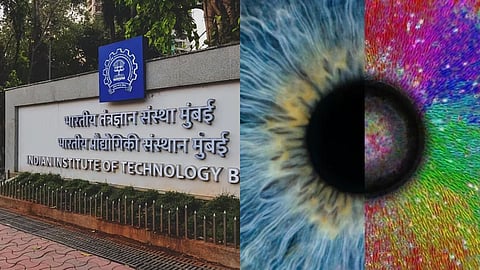Not just chemicals, cells respond to hidden mechanical patterns too: IIT Bombay study
In a recent study, IIT Bombay scientists have discovered that cells sense and respond to invisible mechanical patterns in their environment, challenging the belief that they rely solely on chemical signals. Led by Prof. Abhijit Majumder, the team found that cells align along subtle strain gradients in soft materials, much like those in tumours or healing tissues.
A new path for tissue engineering
Using a hydrogel embedded with a glass bead, researchers observed muscle cells arranging radially around the bead, influenced by mechanical strain rather than chemistry. The effect spanned up to 2 mm far beyond typical cell alignment. Finite element simulations confirmed the findings.
Lead author Dr. Akshada Khadpekar said the discovery could revolutionise tissue engineering by enabling scientists to guide cell growth through material design alone. The study, published in Cell Reports Physical Science, also pointed new insights into cancer, suggesting that tumours may exploit stiffness to influence cell behaviour.
Khadpekar noted that cells communicate through the “silent language of mechanics”, a complex dialogue that science is only beginning to understand.
To get all the latest content, download our mobile application. Available for both iOS & Android devices.

